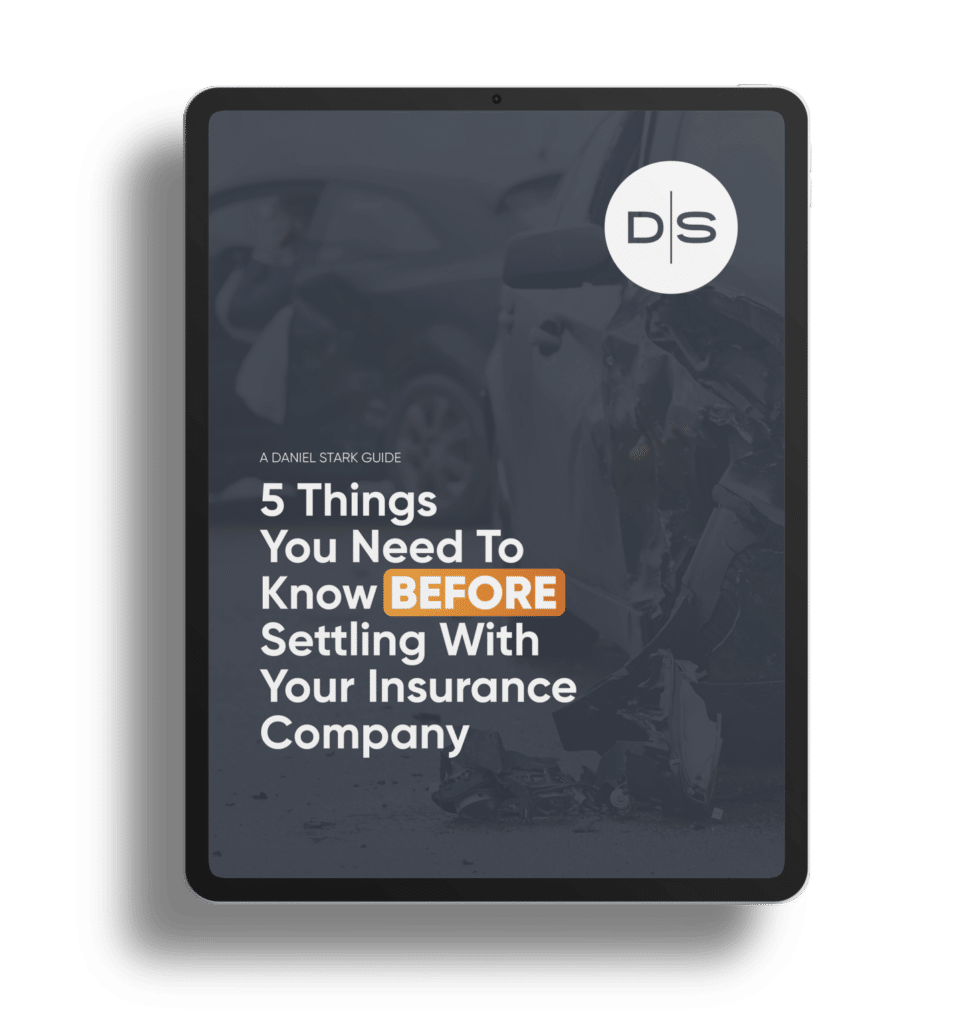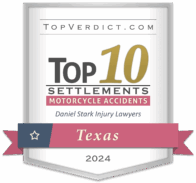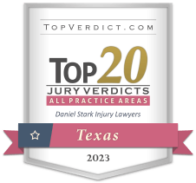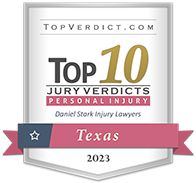Every year, thousands of products are recalled due to defects, injury risks, and manufacturer negligence. Recalls can include child car seats, airbags, food items, and more.
Unfortunately, consumers often remain unaware of these problems until they’ve already suffered harm. This can be a frightening experience, especially when certain product defects pose dangerous risks to your life.
If you’ve received a recall notice or found out about a recall after you or a loved one have been injured, here’s what you need to know.
What is a product recall?
Product recalls are a crucial aspect of consumer safety. A recall notice doesn’t guarantee harm but indicates a potential risk. Failure to warn consumers about potential harm can increase a company’s legal responsibility for any injuries caused by their product.
The Consumer Product Safety Commission (CPSC) protects the public from risks related to consumer products, including medical devices, pharmaceuticals, and more. The National Highway Traffic Safety Administration (NHTSA) oversees motor vehicle recalls.
Manufacturers must inform consumers of recalls through media announcements and direct communication. In Texas, users can sign up for email updates on food alerts and recalls through the Department of State Health Services. When a product recall happens, consumers are typically entitled to a refund, replacement, or repair.
While a product recall can reduce a manufacturer’s responsibility for an injury, it does not absolve them of financial responsibility for selling a faulty and dangerous product.
What are the types of product recalls?
Product recalls occur in a variety of industries, posing numerous risks to consumer health and safety. Here are some common types of product recalls:
- Motor vehicles: Every year, millions of vehicles are recalled due to defects that can endanger drivers and passengers. The National Highway Traffic Safety Administration (NHTSA) tests vehicles and issues recalls to ensure consumer safety. Manufacturers are required to repair the vehicles at no cost to consumers.
- Pharmaceuticals: Pharmaceuticals and drugs are regulated by the U.S. Food and Drug Administration (FDA). Pharmaceutical recalls are often voluntary and classified into different categories. Class I recalls involve drugs with a high probability of causing serious health consequences or even death.
- Medical Devices: The Center for Devices and Radiological Health (CDRH) oversees the standards, approval, manufacture, and safety of medical devices. Certain hip replacements and other surgical supplies are among the well-known recalled devices. Recalled medical devices can have severe health consequences or even death.
- Consumer Products: All consumer products must meet federal standards, including laws like the Consumer Product Safety Act. While the government closely monitors products for infants and children, dangerous consumer products still make their way onto shelves, posing risks to individuals of all ages.
What should you do if you own a recalled product?
By following these steps, you can stay informed about product recalls and ensure your safety and the safety of your loved ones:
- Search online: Conduct a web search to see if the product has been recalled. Websites like the Consumer Product Safety Commission (CPSC) and specific product recall websites can provide information on recalls.
- Check with the Store: Contact the store where you purchased the item to inquire about any recalls. Some stores maintain a recall list online or have customer service representatives who can assist you.
- Register the product: Registering your product with the manufacturer can help you stay informed about recalls. When you register, the manufacturer can notify you directly if there is a recall.
- Stay updated: Regularly visit official government recall pages, such as the CPSC website for consumer products. These sites provide the latest information on recalls.
- Dispose of recalled products: If you discover that you have a recalled product, stop using it immediately and follow the instructions provided in the recall notice. Properly dispose of the item to prevent any potential harm.
- Take extra precautions with children’s items: Pay special attention to recalls involving products used by children, such as cribs, car seats, and toys. Always check for recalls before using these items.
- Purchase from trusted retailers: Buy products from reputable retailers. Even then, check for recalls regularly as certain items may still be subject to recall, especially those used for children.
- Be aware of overseas manufacturing: Keep in mind that products manufactured overseas may have different quality standards. Make sure that your purchases meet U.S. safety regulations.
Who is responsible for your injuries after a product recall?
If you have been injured or suffered damages due to a recalled product, you may be wondering if you can file a lawsuit. While it is possible to sue after a recall, there are certain factors that need to be considered.
To establish responsibility and negligence in a product recall case, you need to prove the following:
- The creator and manufacturer of the product needed to adhere to safety regulations and standards during the design, manufacturing, and quality assurance processes.
- The creator and manufacturer of the product failed to comply with these required safety regulations, such as not following proper testing procedures.
- Your injury or losses resulted directly from the creator or manufacturer’s negligence. For example, if you were injured due to faulty materials that were not adequately tested, the creator or manufacturer is responsible for your injury.
- You incurred medical costs, property repairs, lost wages, diminished quality of life, and pain and suffering due to your injury. To file a personal injury claim, you must demonstrate that these losses resulted from the negligent creator or manufacturer.
If these criteria are met, you may be able to proceed with your personal injury claim against a manufacturer. Be aware that sellers of the product are usually not held liable unless they participated in the design or modified the product.
If you or a loved one has been injured, seek medical treatment, preserve the product as evidence, and document the incident and your injuries.
Each case is unique. That’s why we recommend consulting with an experienced product liability lawyer to understand your options in pursuing legal action after a product recall.












